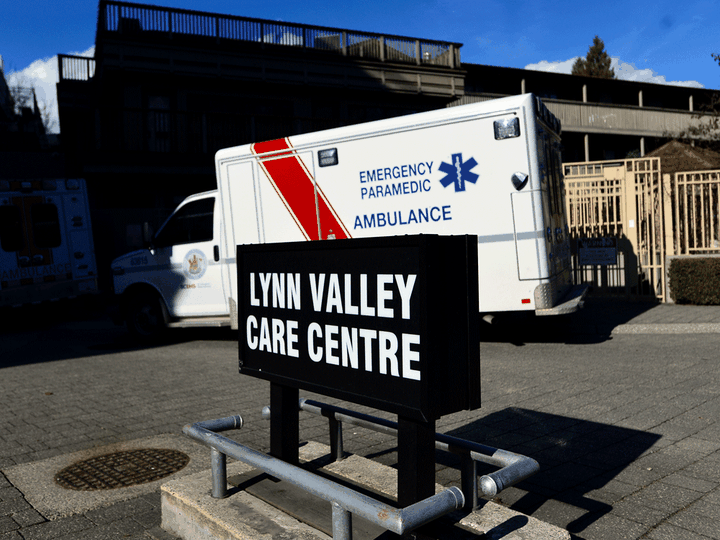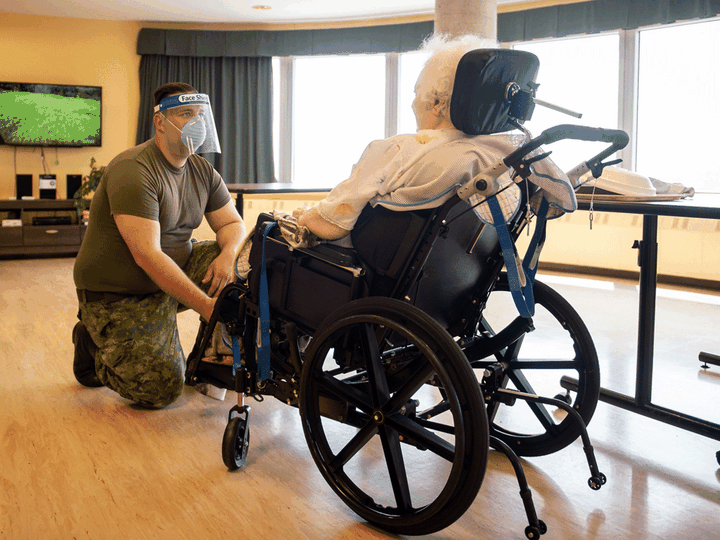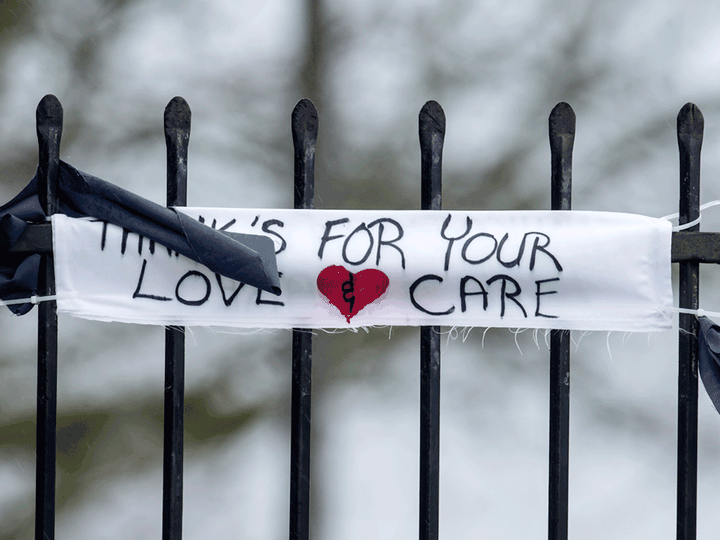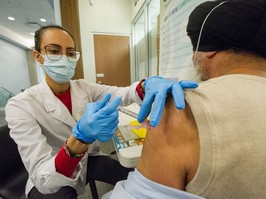more than four out of five deaths, or approximately 4,000, have been of seniors in long term care homes, plus significant numbers of staff.the vast over-representation of long term care home residents in canada’s death toll has revealed a terrible aspect of the pandemic — that the weakest and most vulnerable in our society are in the most dangerous places.the institutionalized elderly are a unique class, not quite like inmates in prisons, who are being punished, and not quite like patients in hospitals, who are surrounded by the trappings of high level medical care.rather, through nothing more than their own age and infirmity, they are forced to endure the greatest exposure to the coronavirus risk, to live communally with other victims, surrounded by cinderblock walls, attended to by overwhelmed staff who turn to overwhelmed private management for support, and do not always get it, as new litigation has revealed.in some segments of society, the pandemic’s heavy burden on the aged has created a selfish optimism among the relatively young and healthy, especially in america, where loyalists of president donald trump aim to justify an economic re-opening, despite the continued preventable deaths of society’s most accomplished and experienced members.in canada, prime minister justin trudeau has been more empathetic in his messaging about the problem, but was clear not to take over federal responsibility for it, offering only to “help the provinces find lasting solutions” to these “serious, underlying challenges.”“covid-19 has exposed some uncomfortable truths about our society, including how we care for seniors in canada,” trudeau said this week. “we’ve seen heartbreaking tragedies in long term care facilities and nursing homes right across the country. overworked staff, understaffed residences, grieving families.”jagmeet singh, the federal ndp leader, told ctv’s question period that canada should end the private provision of long term care and bring all such homes under new federal regulation.“i think we need to end them, i think there’s no question about it given the results we’re seeing, the evidence we’re seeing that some of the worst conditions that seniors are in and some of the highest deaths have happened in the for-profit long term care homes,” he saidhis suggestion illustrated a broad theme of pandemic response in canada, which is that it has largely been a provincial patchwork rather than a coordinated national program, especially on matters that are federally funded but constitutionally under provincial control, such as health care and education.

this is also partly the result of toronto’s sars outbreak in 2003, and efforts by provinces since then to update their emergency management legislation.but even that is being done again on the fly, in response to new crises and disagreements over how to handle the pandemic at the institutional level.ontario moved this week to give the provincial government authority to replace management at long term care homes, but has not used the new power. the ford government also said it would review its long term care system after the pandemic, but only internally, not via a public or independent inquiry. minister of long term care merrilee fullerton said all forms of review are “on the table.”“we know the system’s broken,” ontario premier doug ford said. “we’re going to have a complete review, not just of long term care — i think the whole system of government.”the problems are not just systemic, they are also architectural. radio-canada reported this week that the vigi mont-royal home in montreal was completely infected, with every single resident and 148 workers testing positive, according to an internal document, which noted a ventilation system was faulty and need to be cleaned and repaired.many homes have residents in shared rooms, with common eating areas and washrooms, on wards that were not designed to facilitate isolation.the problems are also legal, about workers rights and the ability of an industry to protect those who carry out its most crucial functions of feeding and caring for the elderly.one long term care home in niagara falls has been hit with a proposed class action lawsuit over its handling of an outbreak that killed 18 residents, for allegedly failing to train staff and having them move between patient rooms in the same protective gowns.there is a similar dispute by registered nurses working at four privately owned long term care homes in ontario, who allege management failed to provide personal protective equipment and failed to launch pre-existing pandemic plans, resulting in widespread exposure of uninfected people to symptomatic patients who had not yet formally tested positive. in some cases, staff were allegedly forced to care for patients who were confirmed positive wearing only surgical masks.they filed union grievances, but that system takes too long to resolve, so the ontario nurses association asked ontario superior court for what judge ed morgan described as an “unusual” form of urgent action from the bench.morgan was scathing as he granted the nurses request and ordered the homes to obey a provincial government directive about providing personal protective equipment.
 6 minute read
6 minute read

































